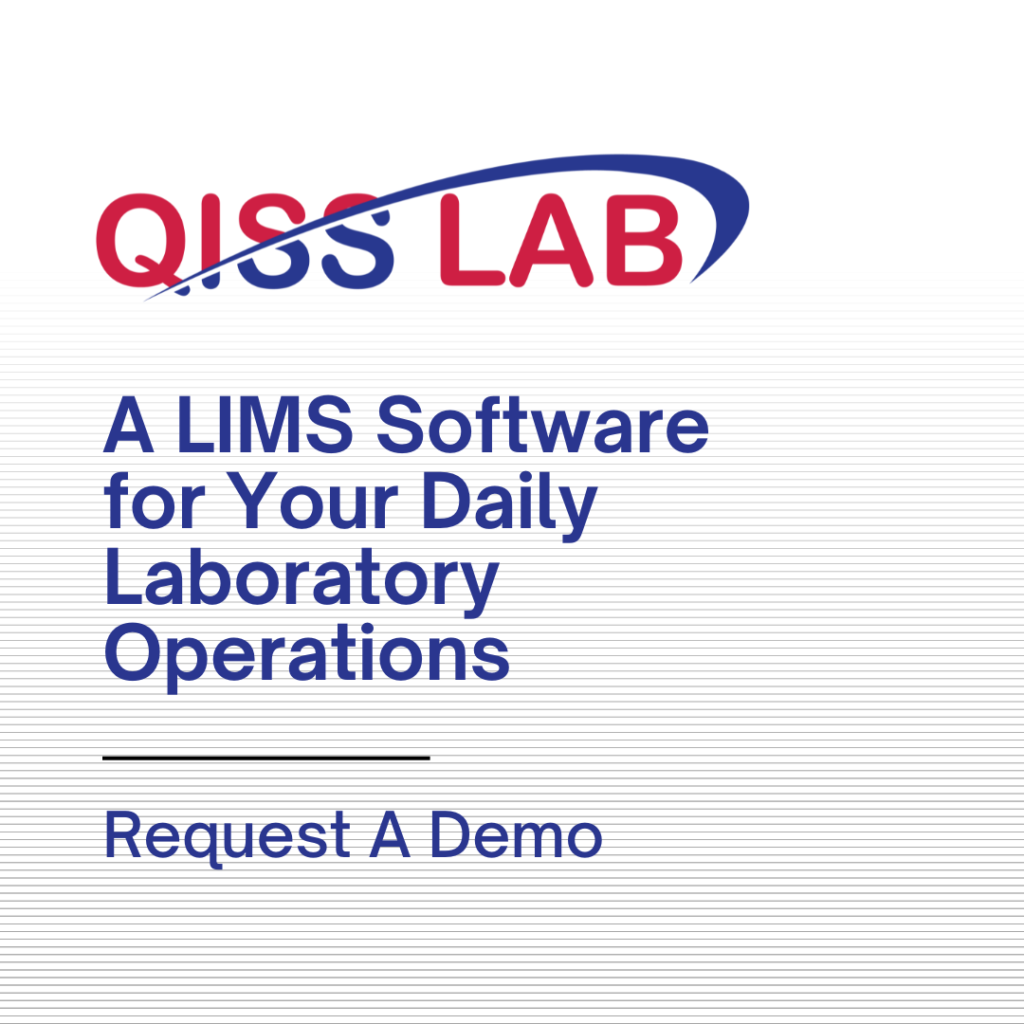Why am I continually writing the same nonconformance reports, over and over?
Multiple types of organizations utilize trend analysis to gauge their performance, whether to analyze their financial performance or their day-to-day production capabilities. Each type of trend analysis used, from advanced mathematical calculations like algorithms to a more straightforward manual counting method, all these tools are designed to look for trends in data movement.
Using trend analysis to control quality non-conformances is especially useful for monitoring changes in processes, particularly for support activities related to manufacturing. These assessments affect risk-based decisions, especially those that help determine whether an organization should escalate a nonconformance to the level of corrective action (CAR). Remember, the whole exercise of trend analysis is to identify, assess and eliminate non-conformances occurring in an organization’s QMS and manufacturing processes. The ultimate tool for this is corrective action but only after proper identification of an issue is achieved and a plan on elimination is created and implemented.
ISO 9001:2015, section 10.2(b) (2-3) requires organizations to evaluate the need for action to eliminate the cause(s) of nonconformities, for them to not recur or occur elsewhere, by:
Determining the reason (s) of the nonconformity and
Determining if similar nonconformities exist or could potentially occur
The standard requires that an organization implement any action needed and review the effectiveness of any corrective actions taken. Within this framework related to non-conformances, this article shall discuss trend analysis used to discover repeating NCs and how to track these non-conformances and develop a corrective action plan to eliminate these occurrences from recurring within an organization’s production processes.
Trends can act as a crystal ball to indicate a future result of a given set of acts or actions. When an organization analyzes trends in nonconformance reports, it attempts to identify negative consequences and should be evaluated as to cause and effect on an organization’s QMS. A simple graph can indicate negative results (increasing or sustained rise in non-conformances over a given time). The harmful nature of non-conformances could indicate a potentially severe or misidentified process failure or product design issue.
By monitoring trends in nonconformance reporting, an organization can attempt to control the instances of non-conformances by determining the root cause of the non-conformances through diligent evaluation of the data being analyzed.
Data for analysis and evaluation can come from a multitude of sources. Examples can include internal non-conformances related to production, deviations in requirements, audit findings, customer-related complaints or issues and service issues that can consist of delivery matters, machinery operations and maintenance reporting.
The first question an organization should ask itself is what are we looking for? If you are seeking perfection, good luck. Nonconformity knows no master but can be eliminated at times if the correct process for discovery is developed that will allow an organization to track errors of nonconformance across a process line or within a particular process step.
Most organizations have developed a nonconformance reporting system that sets forth various types of failure categories. These relate to describing exactly what kind of nonconformance has occurred once the nonconforming product is identified and contained. Examples can include dimensional variances, performance issues, appearance issues, etc. This list is only limited by an organization’s experience or inspection capabilities. However, it would be prudent to be as distinct with your description of failure events/results as possible. The reason is logical and simple: an over-generalized description of a failure classification such as “operational failure” can vastly underrepresent what is actually “going on” in your production processes. The more exacting and detailed your description can be, the more trustworthy the data results will become.
Tracking this data can be arduous and time-consuming, even for the largest and/or most technologically advanced organizations. Many organizations still utilize a manual system for their QMS processes or a mix of manual and automated systems. Manually tracking trends in repetitive occurrences of nonconforming products can be accomplished but, the staffing and time needed for practical data analysis and evaluation can be arduous and expensive. Creating charts that track occurrence rates and various aspects of measurement results can be productive. Still, they may be limited in available data given the manual nature of the data collection and its propensity for containing incorrect or dated results.
Automated software systems can present a viable, cost-effective, and efficient alternative to a manual QMS. Most software can create charts that can aid in tracking trends in nonconformance activity or aid in describing attributes of a nonconformance result. As with the example above related to failure classifications, a program can be developed that tracks similar failures and notify the organization after a specific number has been discovered or a particular amount of time has passed.
Analyzing trends with charts that ascribe attributes and variables can help you tell a real story about your organization’s performance but achieving a comprehensive and accurate “temperature check” of QMS performance depends on your organization’s ability to extract current, thorough, and precise data. In order to achieve immediate and continual access to up-to-date trend analysis data, you need an integrated QMS software or platform that’s up to the task.
Now that an organization has identified and analyzed data reflective of a trend, the most crucial question is: “what do I do with this information?”. Evaluation of interpreted data is the key to successfully assessing a nonconformance result and developing an effective plan to eliminate it – hopefully, once and for all. Evaluation is the result of data compilation and analysis. This is the step where an organization uses the accrued data to form an answer to the nonconformance performance – not the cause, as this will be discerned through root cause analysis (and probably risk assessment activities). Evaluation is the doorstep to root cause analysis and should form the foundation of any corrective action to respond to the underlying non-conformances.
To perform an effectual corrective action, an organization needs to analyze and evaluate data to achieve a satisfactory and beneficial root cause analysis. A proper root cause analysis will allow for the development of a plan to eliminate the underlying nonconformance (s) and prevent (hopefully) any reoccurrence over time. By pinpointing an area of nonconformance specifically, an organization can be prepared to address issues as they arise and lessen concerns that they may have missed something, especially if faced with multiple nonconformities.
Analysis of trends in process steps or process performance is a vital tool for all organizations to develop and employ, regardless of size. Coupled with the requirements of sections 6.1.1 and 6.1.2 (actions to address risk), it must be mandatory to address nonconformance issues that repeat or trend in numbers. The associated risk of not tracking, identifying, and assessing the risk of these nonconforming results could be dangerous to an organization’s ability to properly manage its QMS and lead to adverse audit findings and possibly jeopardize certification.In conclusion, using trend analysis to control quality non-conformances by tracking repeat non-conformances or trends is a necessary step for an organization to employ to be able to discover and eliminate non-conformances in its processes and overall QMS management. Whether done manually or with software, the exercise should be mandatory and performed as regularly as processes demand (daily, weekly, etc. – depending on the production schedule or amount of product produced).
Choose suitable software for your business from QISS essential software list. We are always ready to provide you ISO-based QMS services through QISS QMS software.



